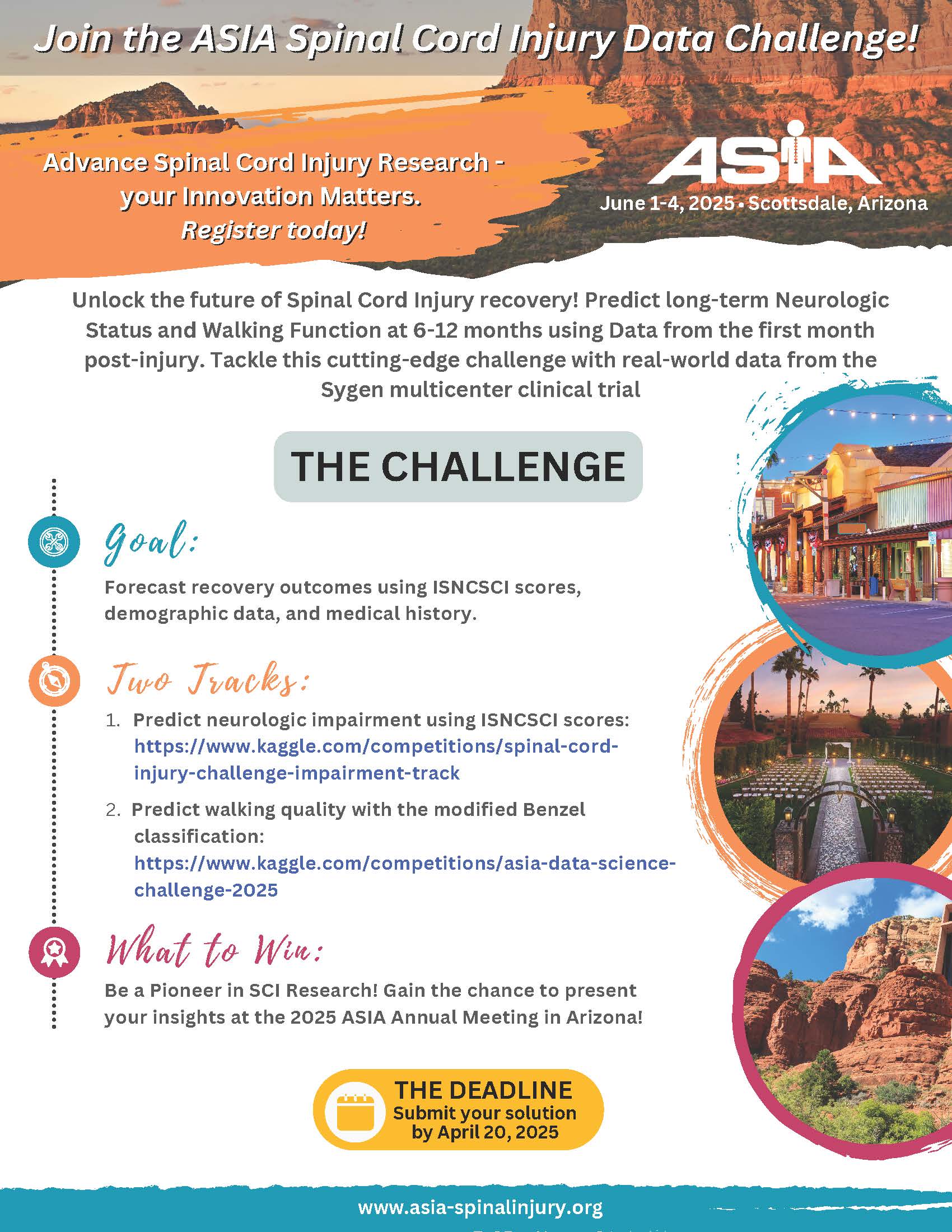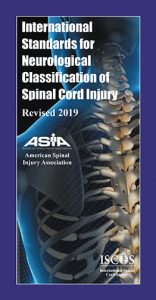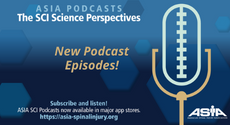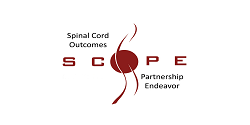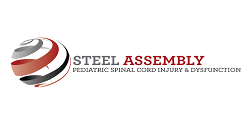
Unlock the future of Spinal Cord Injury recovery! Predict long-term Neurologic Status and Walking Function at 6-12 months using Data from the first month post-injury. Tackle this cutting-edge challenge with real-world data from the Sygen multicenter clinical trial

Spinal cord injury can result in a sudden and substantial loss of function and independence. Predicting long-term recovery from the data available early after the injury has significant value when counseling patients and families and for developing rehabilitation treatment plans. However, this is a challenging problem with people having a wide range of future outcomes. This medical science data challenge, hosted by the American Spinal Cord Injury Association (ASIA), seeks to advance performance on this task and invite data scientists into the field of spinal cord injury research.
Goal: This challenge aims to predict neurologic status and walking function at 6-12 months after traumatic spinal cord injury based on acute phase assessments one week after injury.
In this challenge, participants will attempt to prognosticate long-term recovery after spinal cord injury by analyzing a subset of the data from the Sygen multicenter clinical trial. The data used to make the prediction of recovery at 6-12 months will be data available in the first month after spinal cord injury. One piece of data that is commonly used to make such predictions are the International Standards for Neurological Classification of SCI (ISNCSCI). This clinical outcome assessment evaluates motor and sensory impairment across the body and helps localize the neurologic level of the spinal cord injury and grade the severity of that injury. Additional data includes demographic information, comorbidities, surgical interventions, and medical complications.
This data challenge involves two tracks predicting different outcomes. These reflect two constructs within the World Health Organization International Classification of Functioning, Disability and Health (ICF). The first construct is future impairment of body structure and function, assessed through the ISNCSCI scores at 26-52 weeks after SCI. Impairments, such as strength and sensation, are not the same construct as real-world function. Thus the second track is to predict the quality of walking on an 8 point modified Benzel classification, more frequently referred to as the lower extremity subscore of the modified Japanese Orthopedic Association score proposed by Benzel.
Two Tracks:
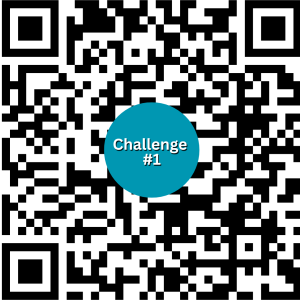 |
Challenge #1: Predict neurologic impairment using ISNCSCI scores: https://www.kaggle.com/competitions/spinal-cord-injury-challenge-impairment-track |
|
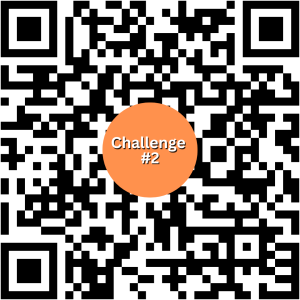 |
Challenge #2 Predict walking quality with the modified Benzel classification: https://www.kaggle.com/competitions/asia-data-science-challenge-2025 |
Timeline: The challenge will open on January 20th and close on 20th of April 2025.
What’s to win? We will invite representatives from the winning teams to attend the 2025 ASIA annual meeting in Arizona!
Be a pioneer in SCI research and gain the chance to present your insights at the 2025 ASIA Annual Meeting in Arizona! REGISTER HERE!
